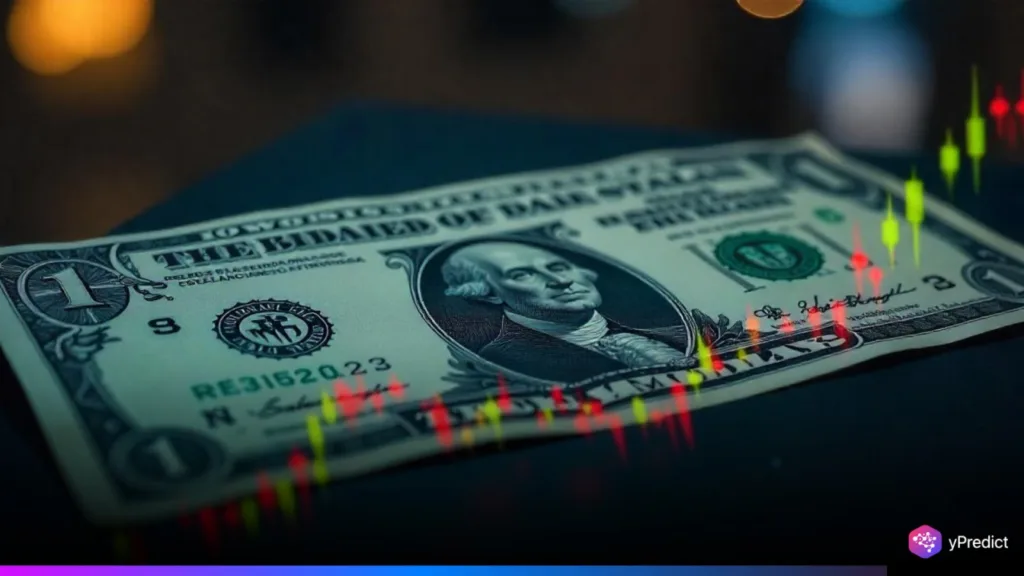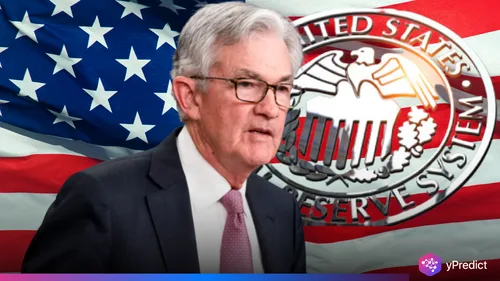
Global shares rose, while the US dollar slipped sharply, following the release of unexpectedly low inflation data and a temporary easing of trade tensions between the US and China. These significant developments indicated a potential slowing of inflationary pressures as well as a renewed commitment to diplomatic discussion, which encouraged a shift towards riskier assets.
Investor sentiment improved significantly as lower inflation statistics suggested that the Federal Reserve may take a more conservative stance on interest rates.
Markets React to Softer Inflation Print
The most recent data from the United States Labour Department shows that consumer inflation fell more than predicted in April. The Consumer Price Index (CPI) climbed 0.2% in the month, bringing the annual inflation rate to 2.3%, somewhat lower than economists’ expectations of 2.4%. Meanwhile, the core CPI, which excludes the more volatile food and energy categories, rose by 0.3% on the month. These results show that the overall trend of disinflation remains unchanged.
This weaker inflation reading sparked a sharp shift in market attitude. Investors have adjusted their expectations for monetary policy, with futures markets now forecasting two rate cuts by the Federal Reserve by the end of the year. As a result, 10-year US Treasury yields fell to 4.19%, and the US Dollar Index (DXY) fell 0.8%, its largest single-day drop in more than three weeks.
The dollar fell 0.7% against the Japanese yen, to 146.40, and 0.4% against the euro. The dollar index resumed its downward trajectory, adding to the previous session’s losses. This comes amid a larger dollar retreat, with global fund managers holding the greatest underweight position in over two decades.
U.S.-China Tariff Truce Lifts Risk Appetite
In another major development affecting global markets, the United States and China agreed to delay new tariffs for 90 days. They also reversed certain existing taxes, providing negotiators time to work toward a broader, long-term trade agreement. This temporary truce comes just ahead of the G20 summit, adding diplomatic momentum to ongoing US-China economic discussions.
The announcement lifted global equities. The MSCI World Index rose 1.2%, while the STOXX Europe 600 climbed 0.7%. In Asia, Hong Kong’s Hang Seng Index surged 1.4%, with tech stocks leading the gains. Futures for the S&P 500 and Nasdaq advanced 0.3% and 0.4%, respectively, ahead of the U.S. open. Emerging market assets also saw inflows, as the dollar’s decline increased the appeal of riskier currencies and shares.
Tariffs were significantly reduced, U.S. taxes on Chinese commodities fell from 145% to 30%, while China reduced its tariffs on American imports from 125% to 10%. Despite the relief, analysts warn that the 90-day window provides no certainties. President Trump hinted at direct talks with President Xi, while negotiations with India, Japan, and South Korea remain unresolved.
Conclusion
The combined effect of lower inflation and trade de-escalation has redirected capital flows back into riskier assets. Emerging market shares and currencies seemed to benefit from a weaker dollar as investors sought greater yields outside developed economies. Oil markets have also responded positively. Brent crude increased 1.2% to $83.50 per barrel, as the likelihood of stable global trade raised demand expectations.







